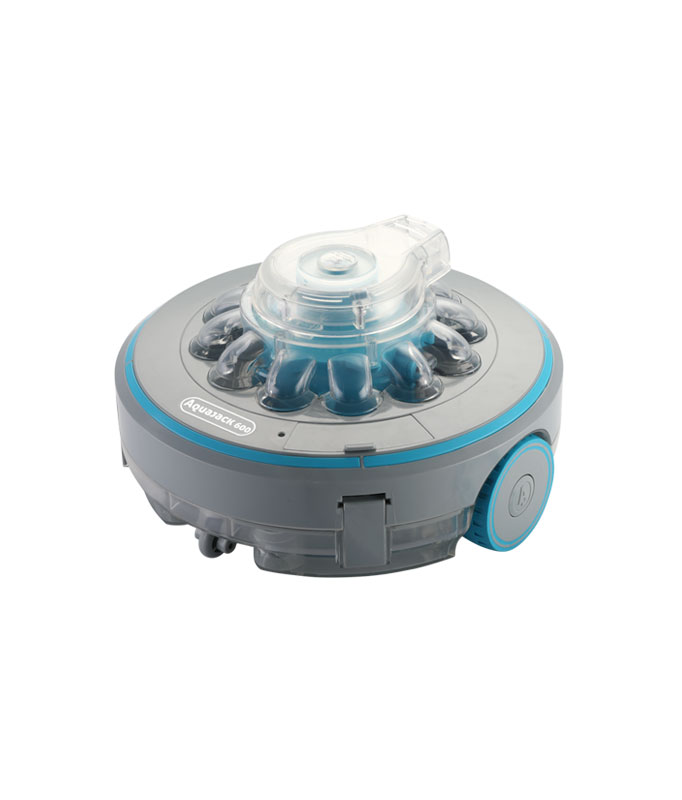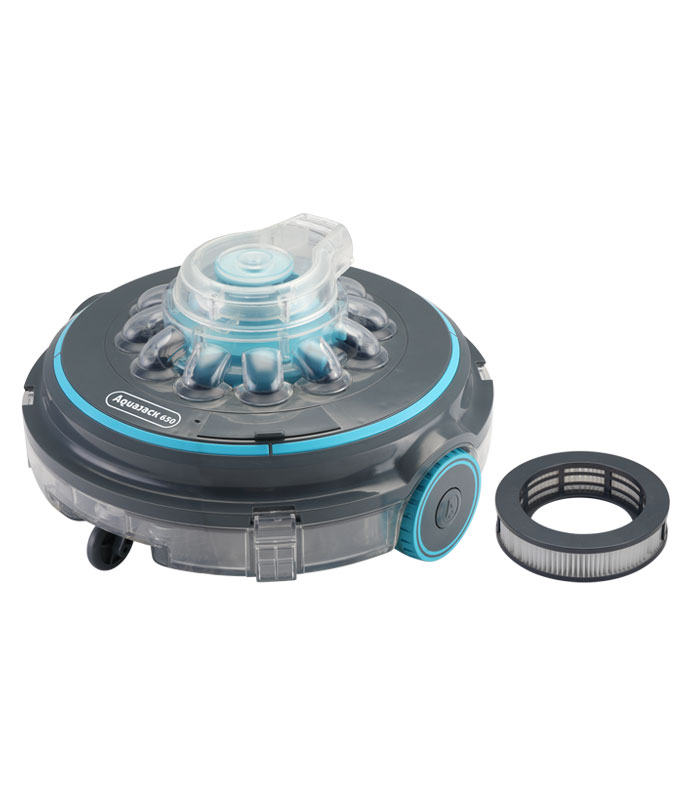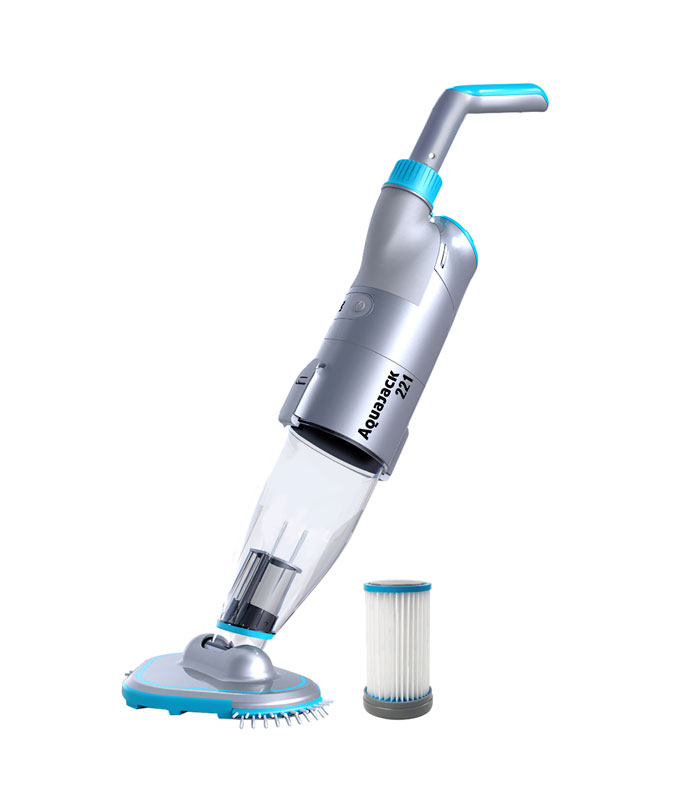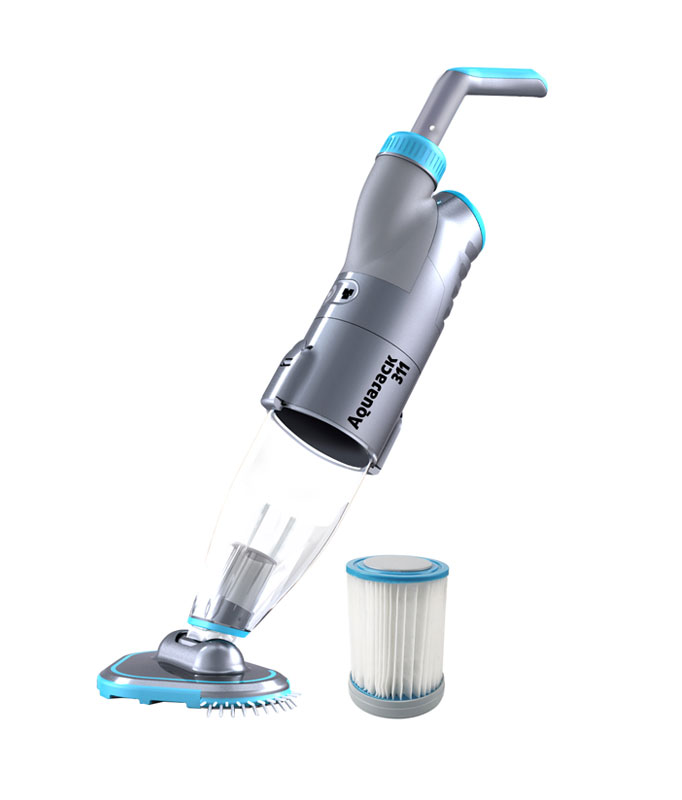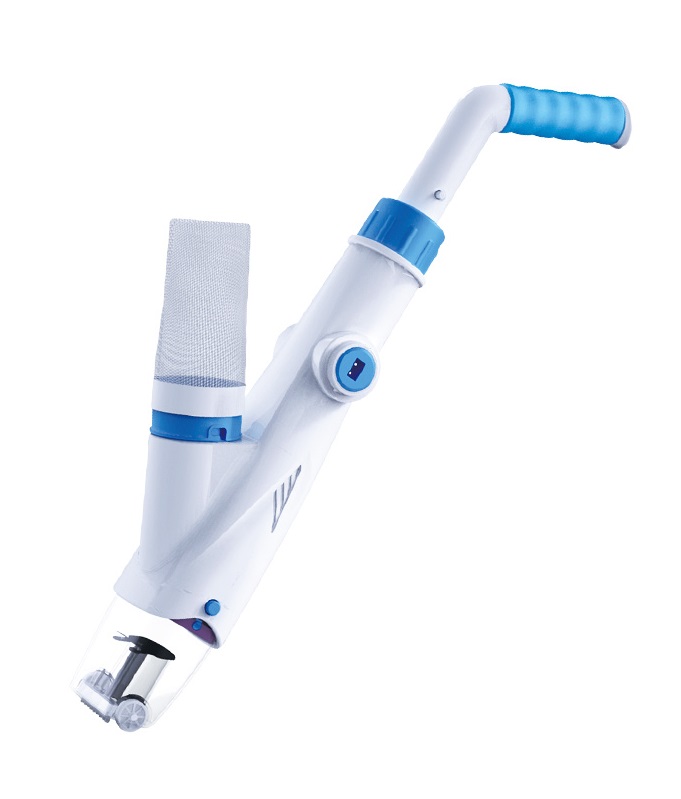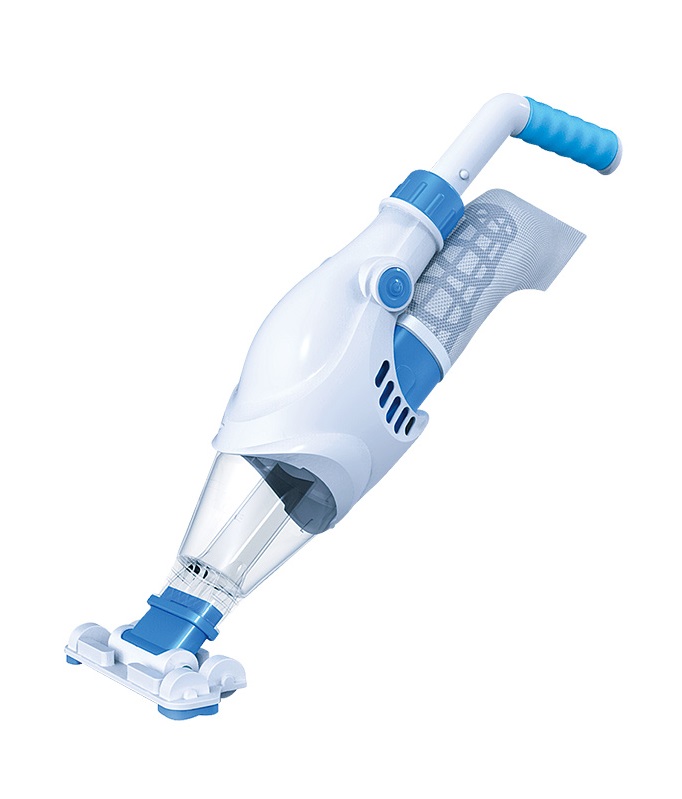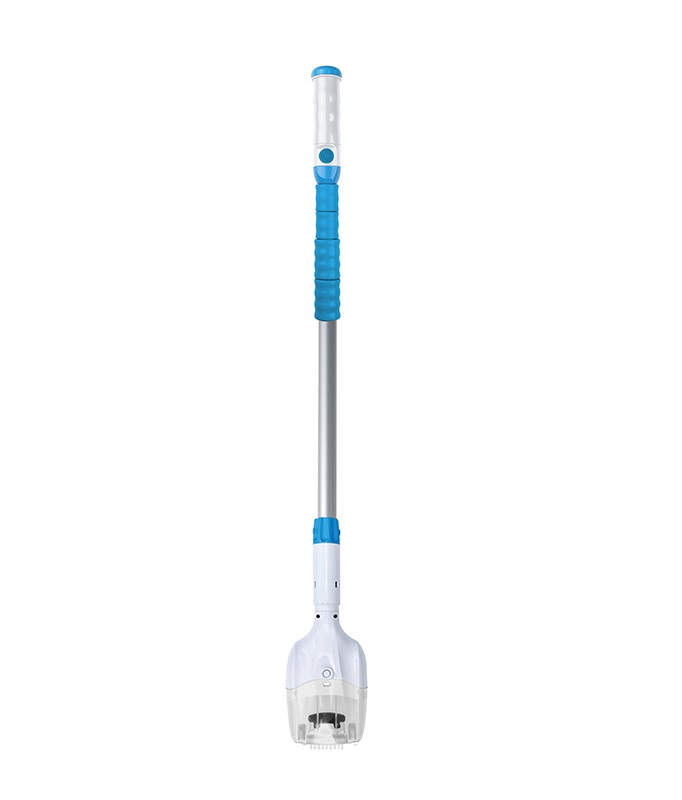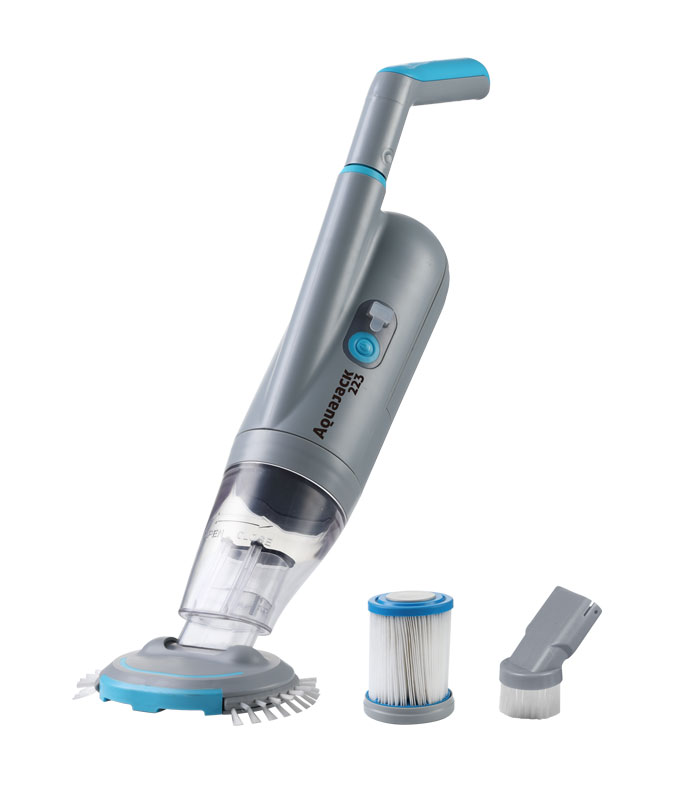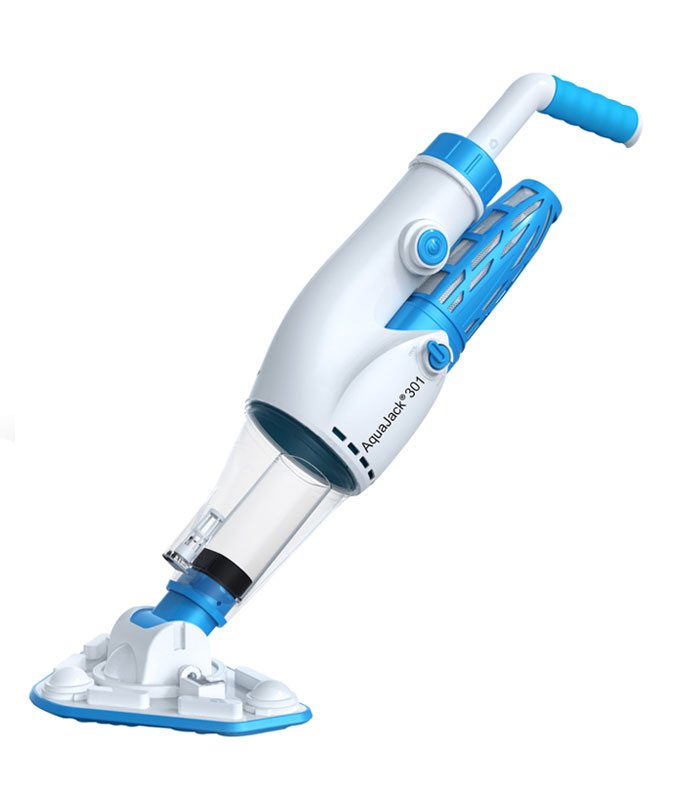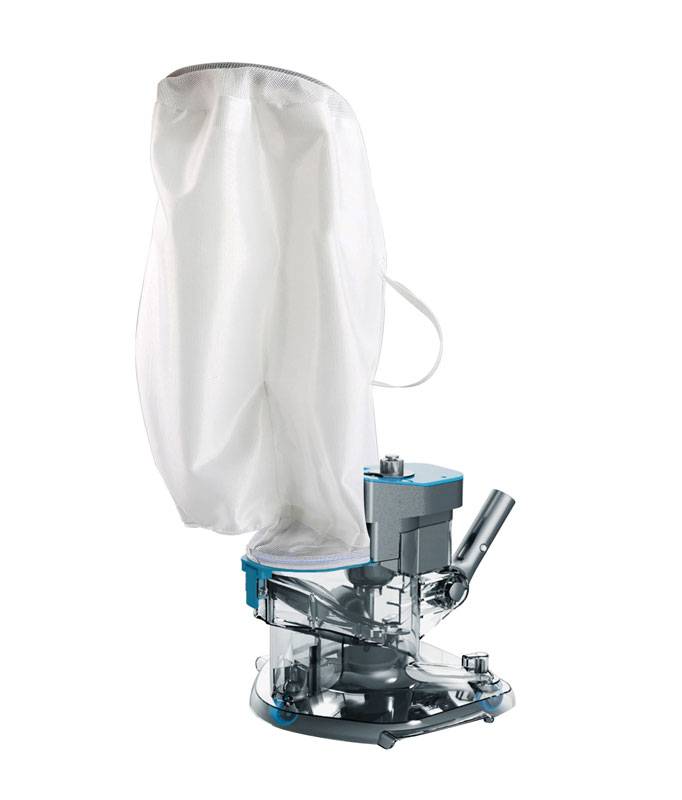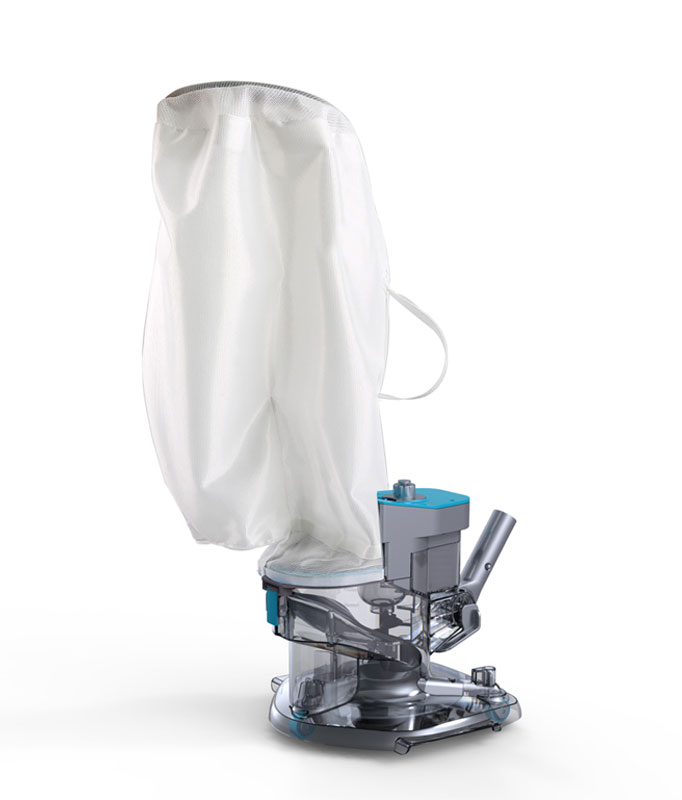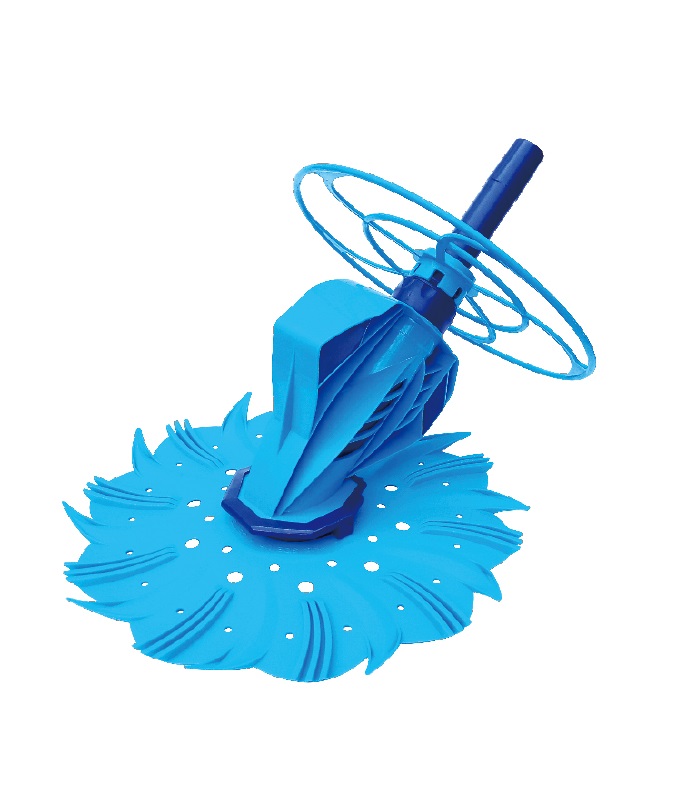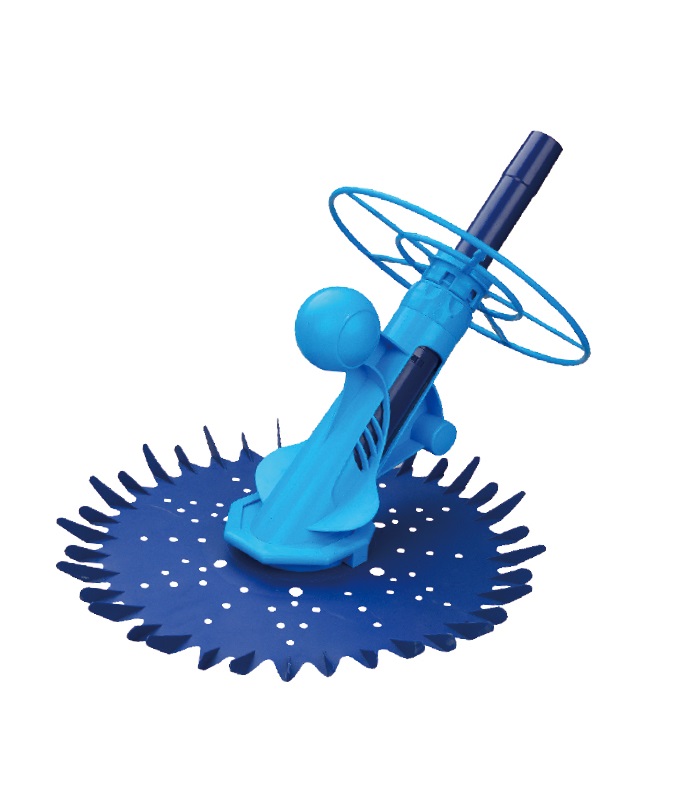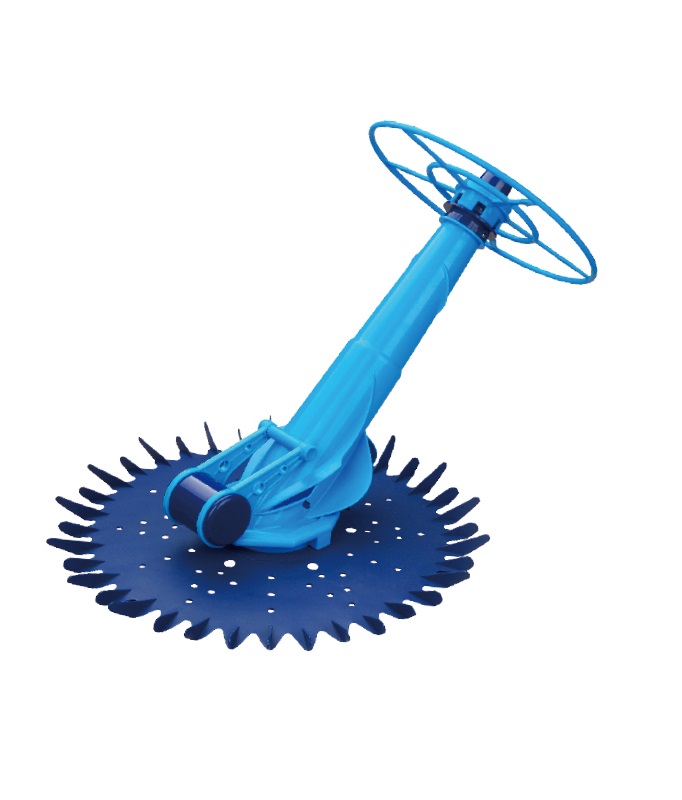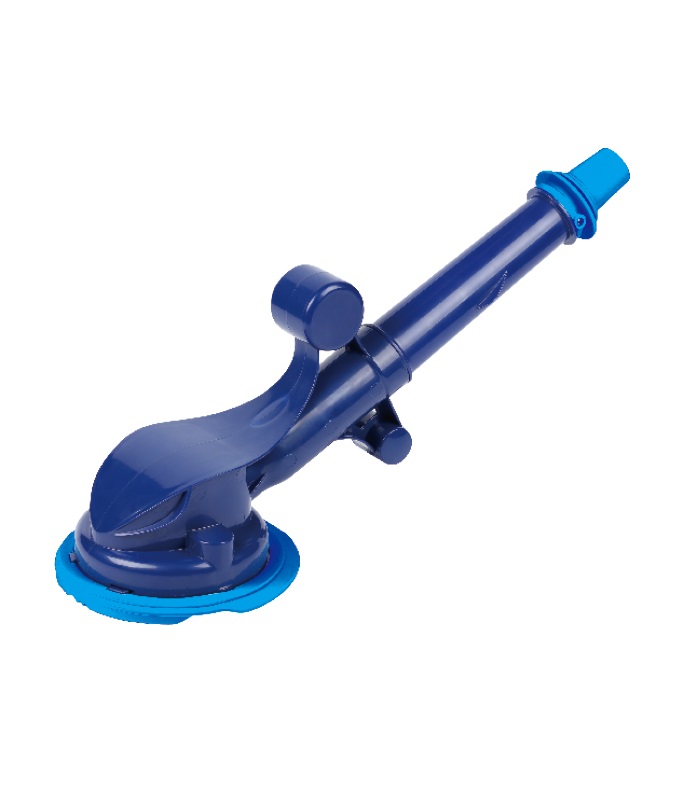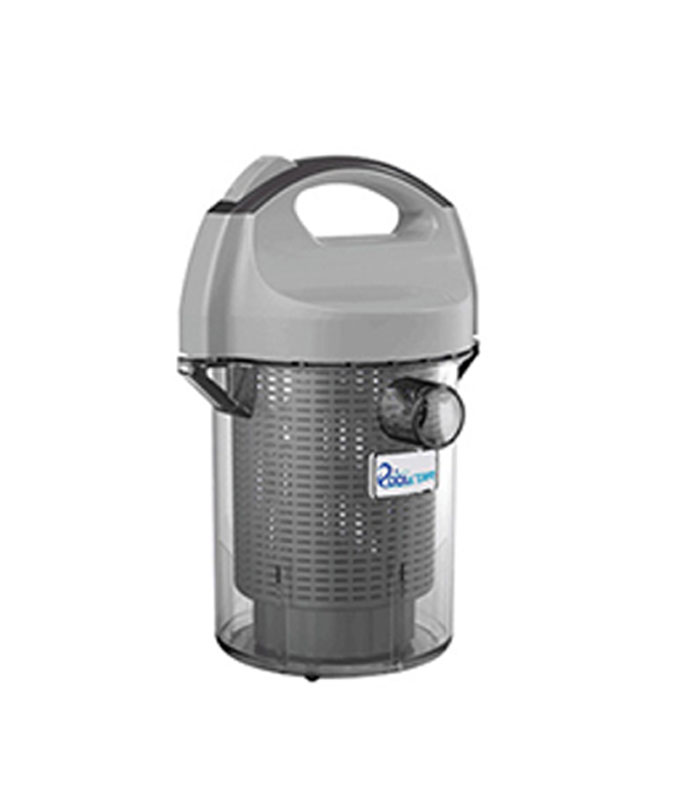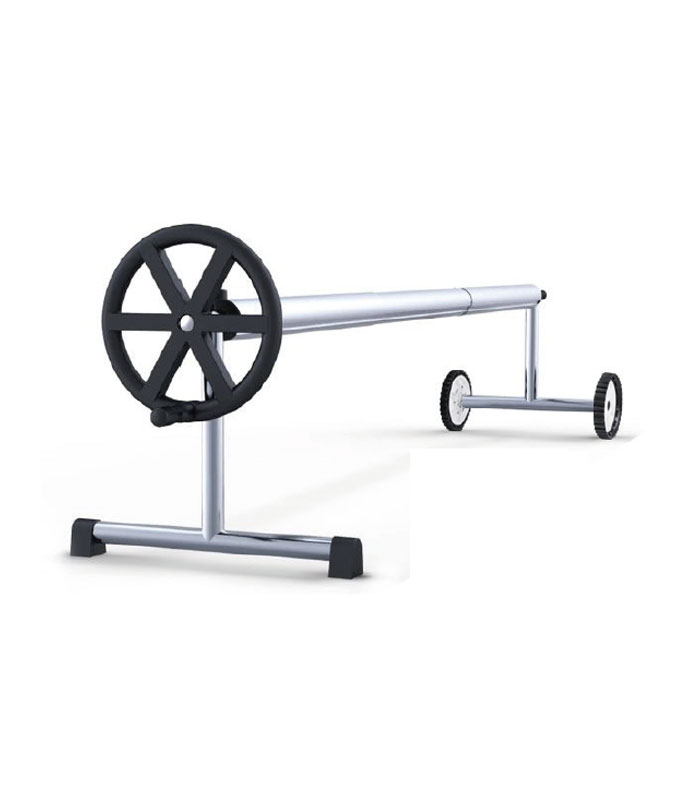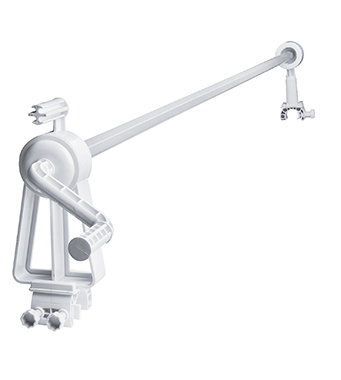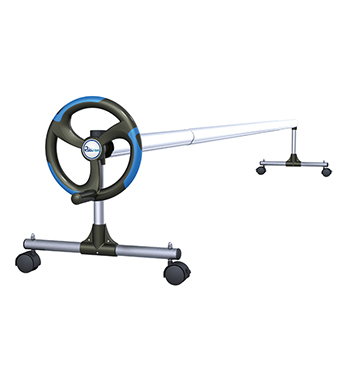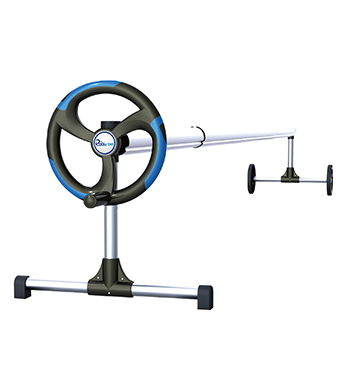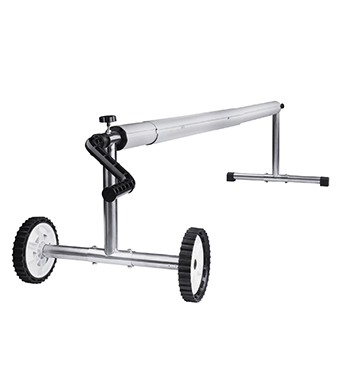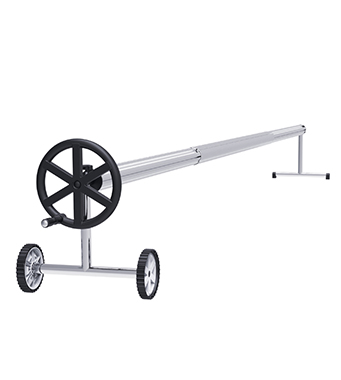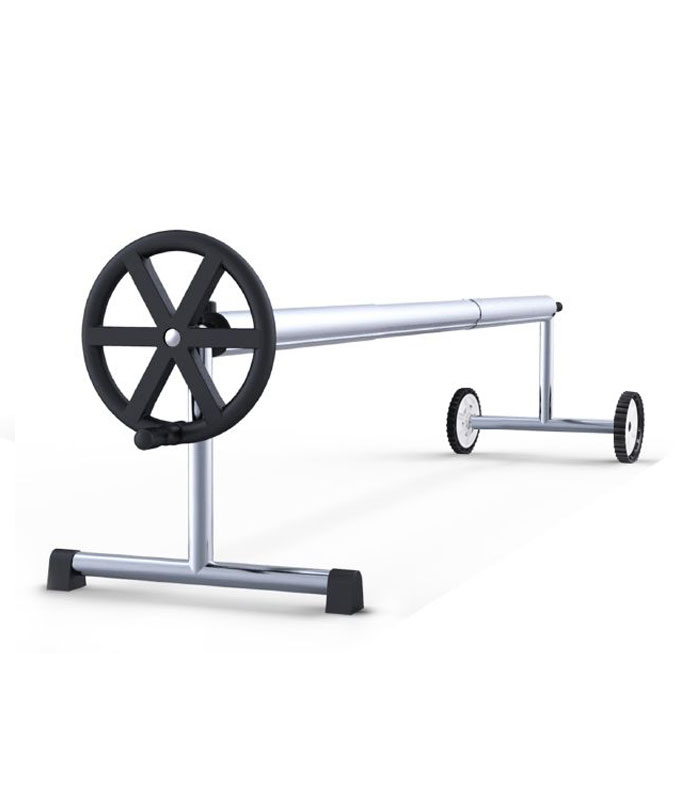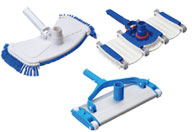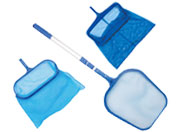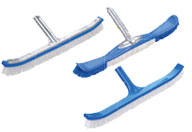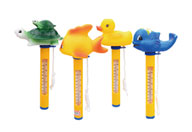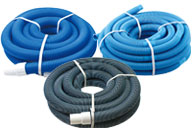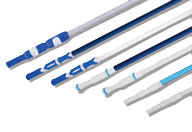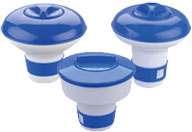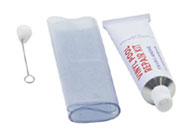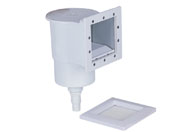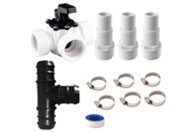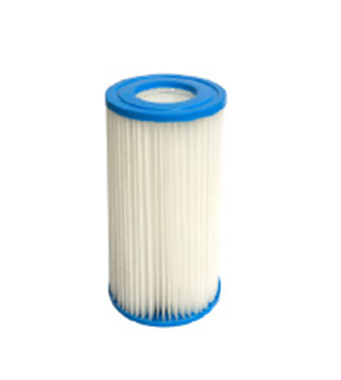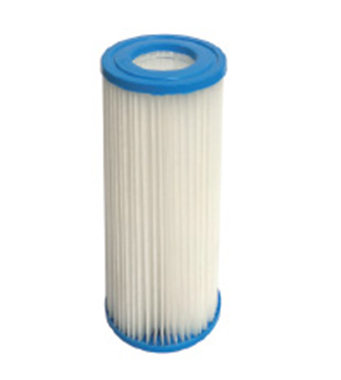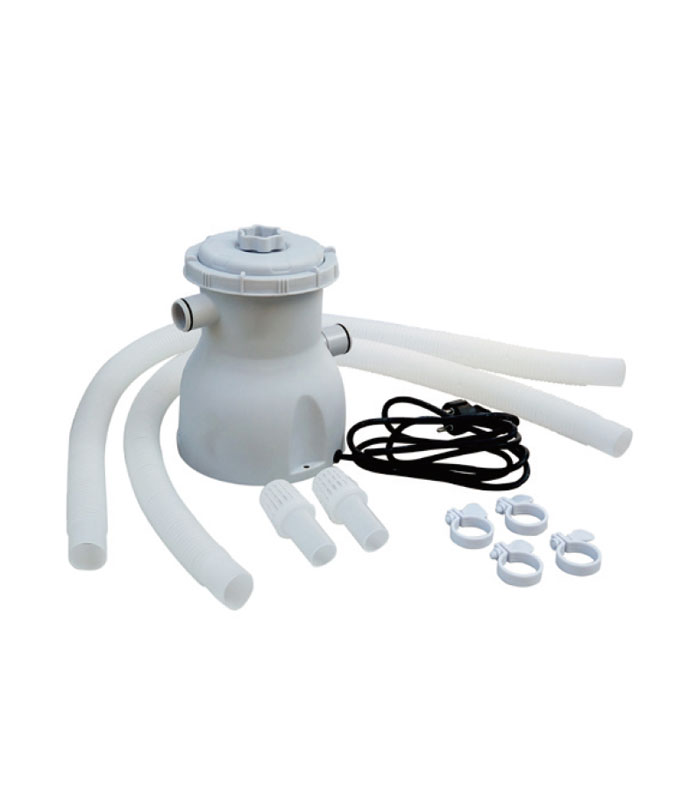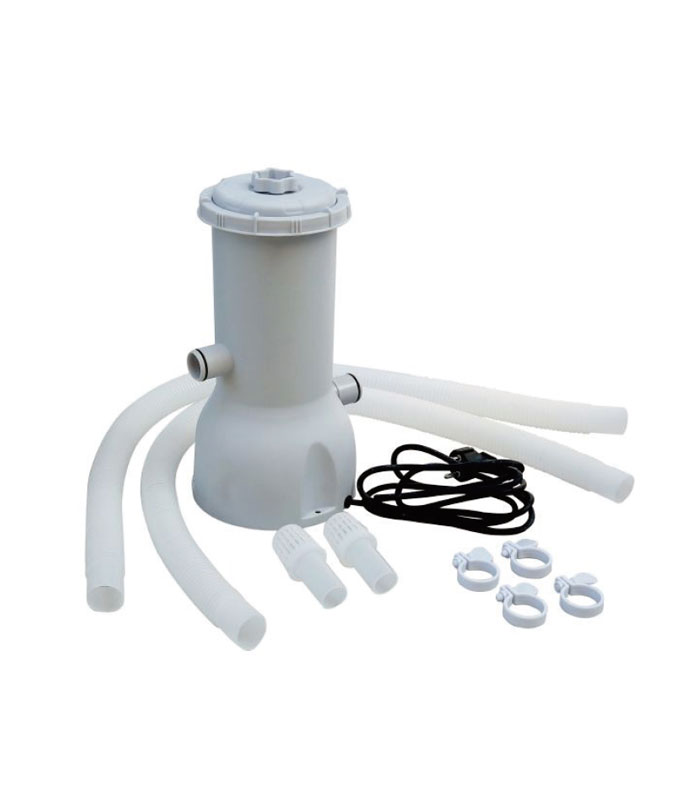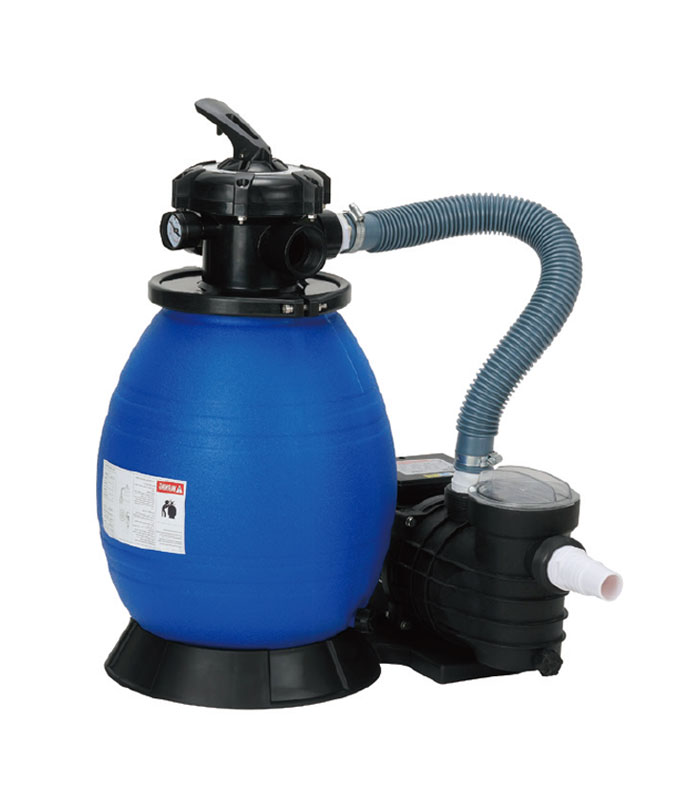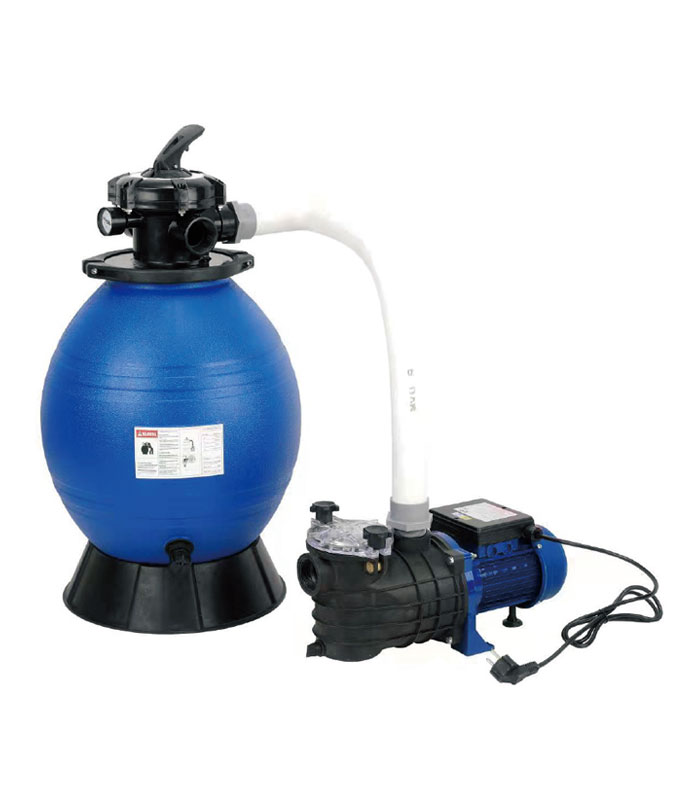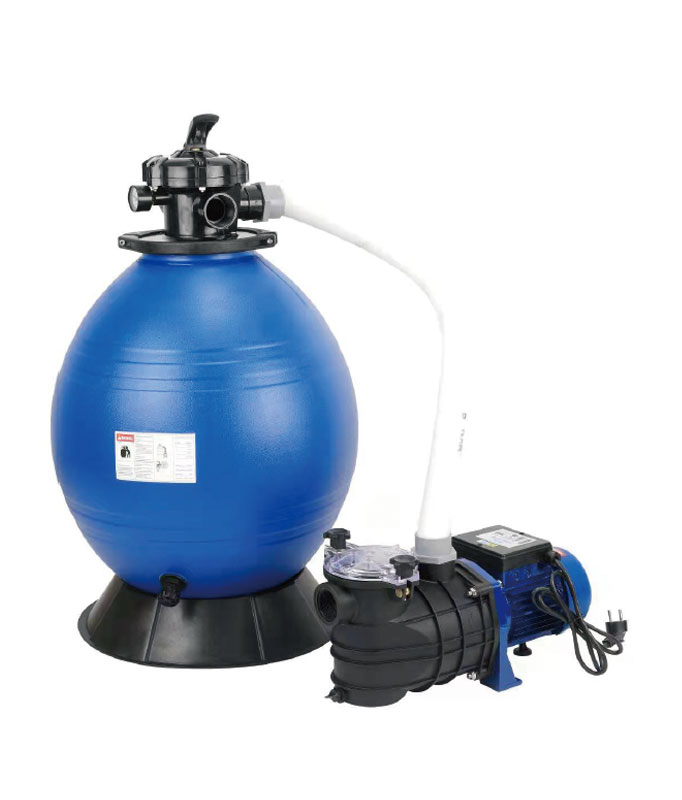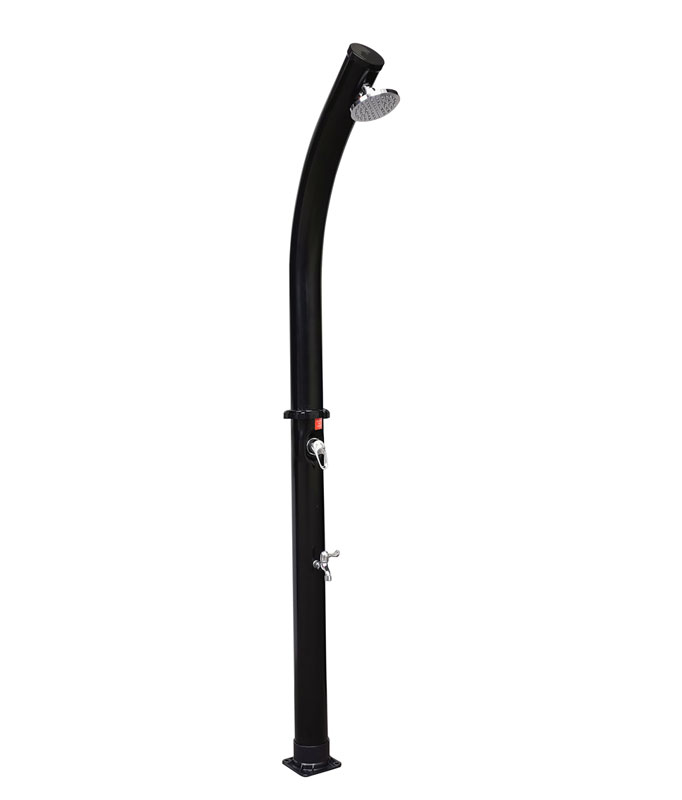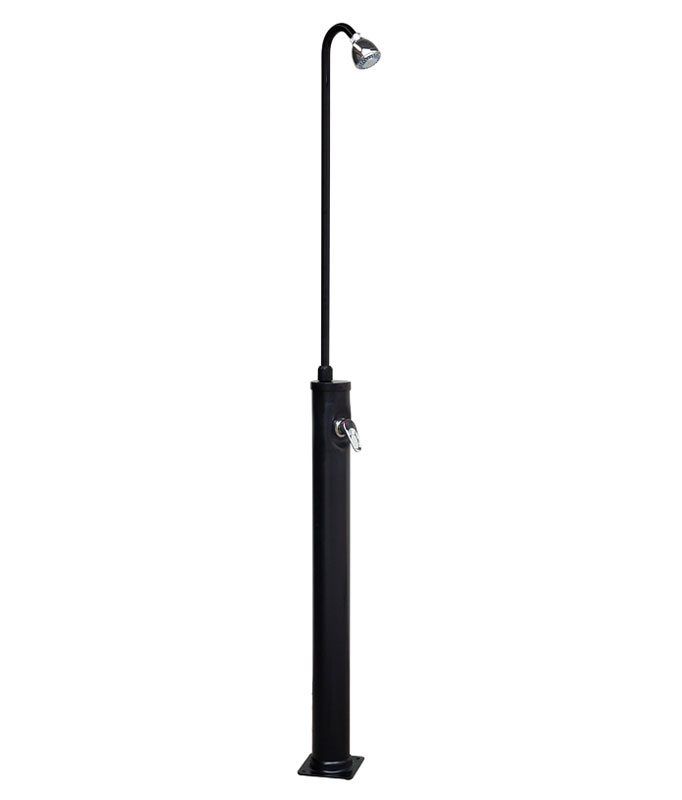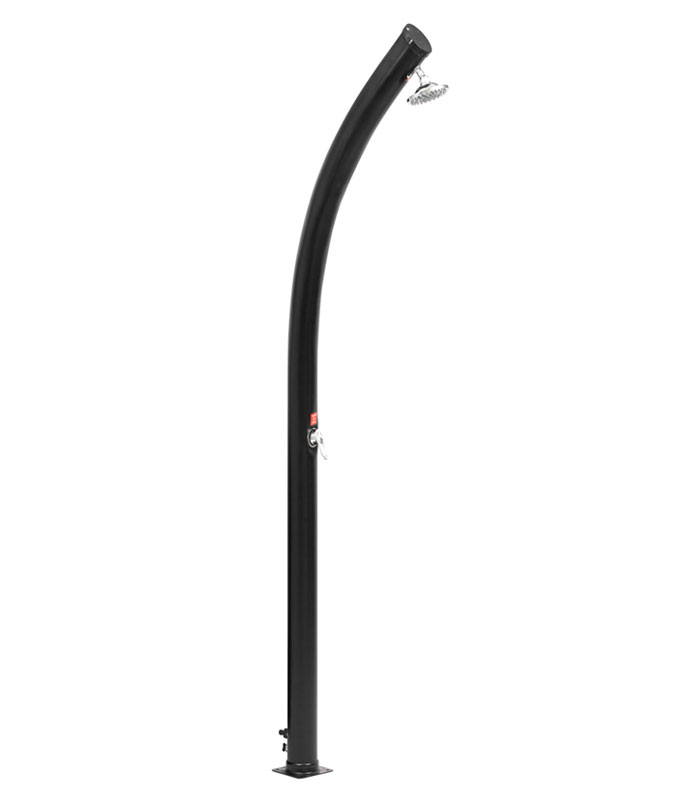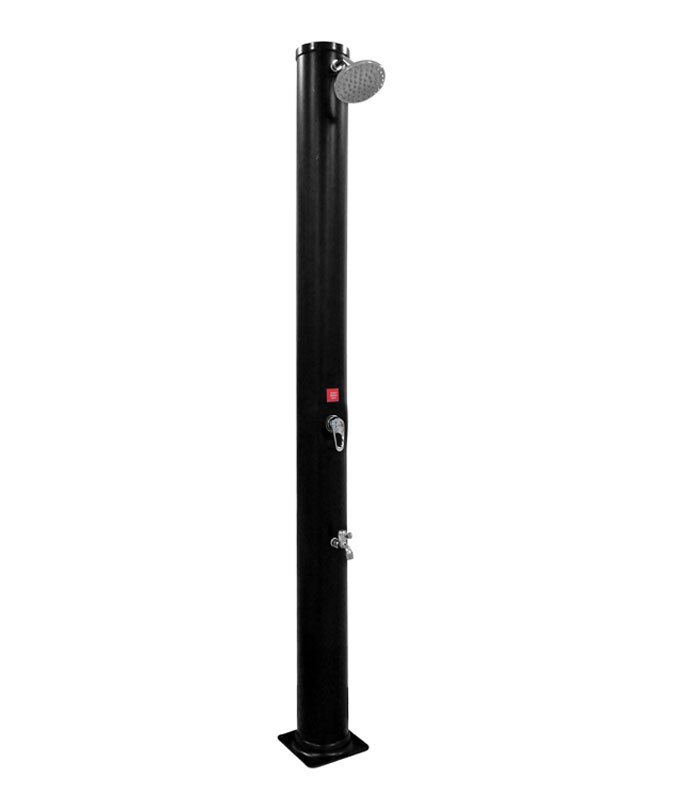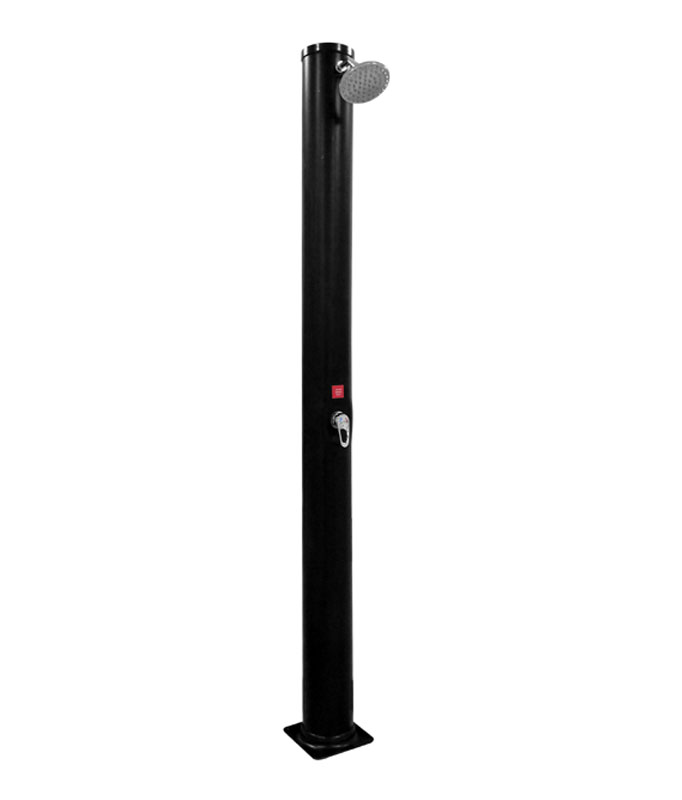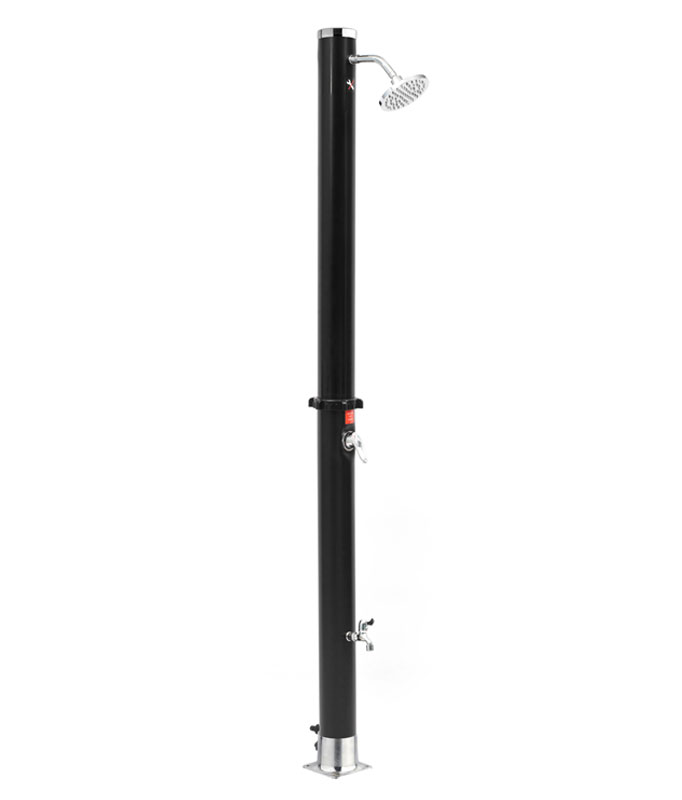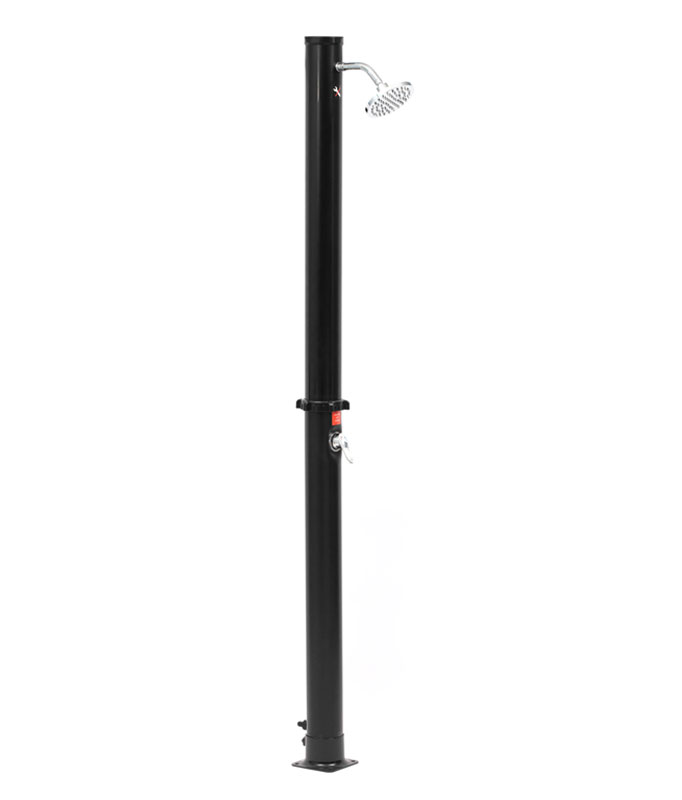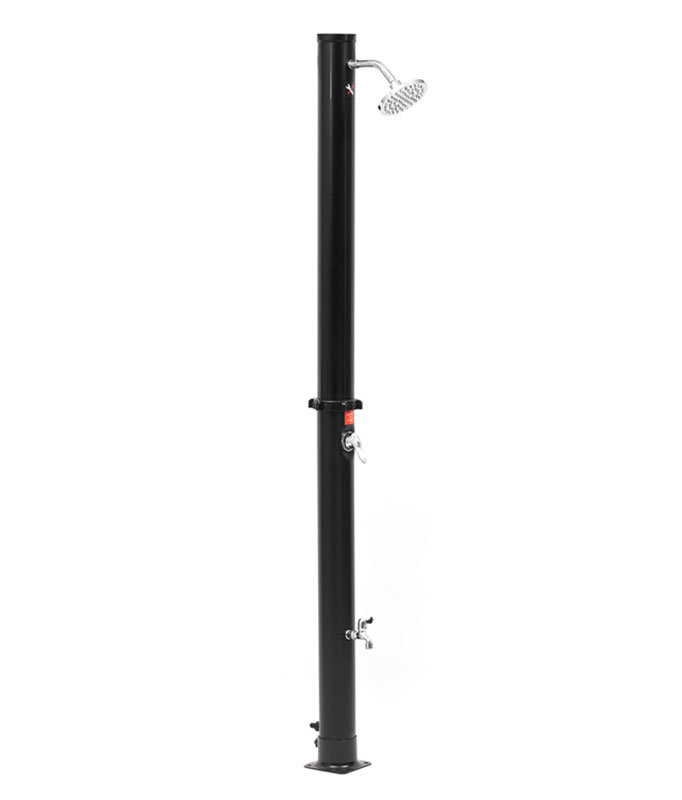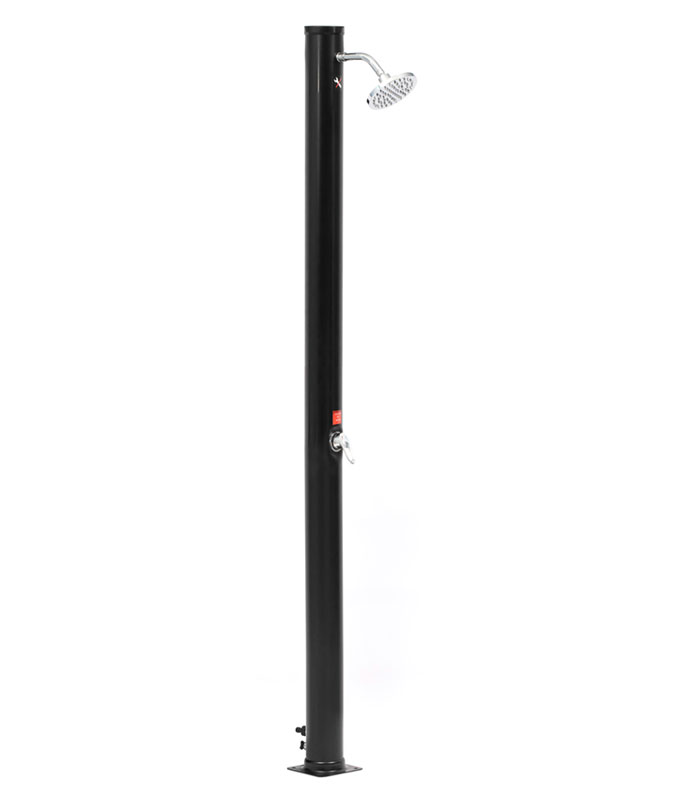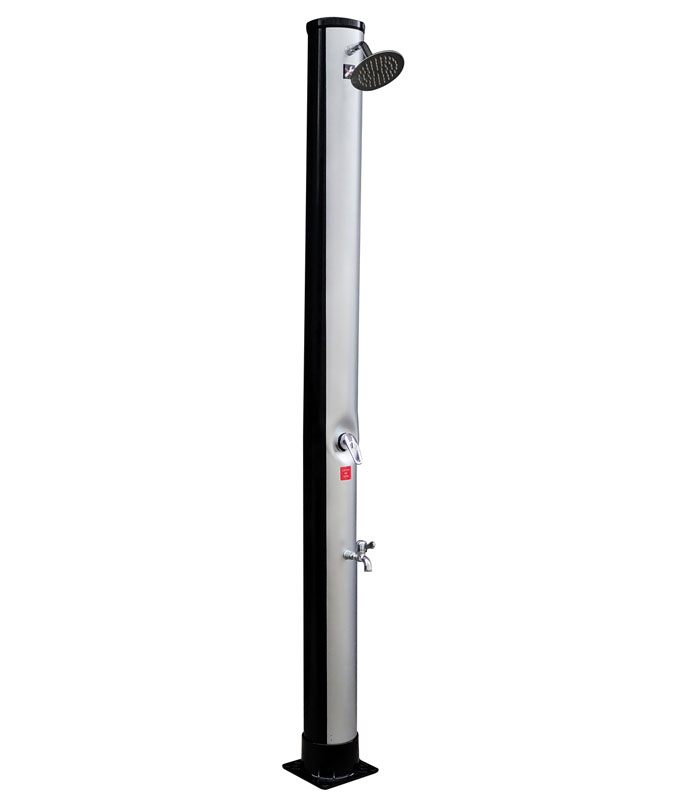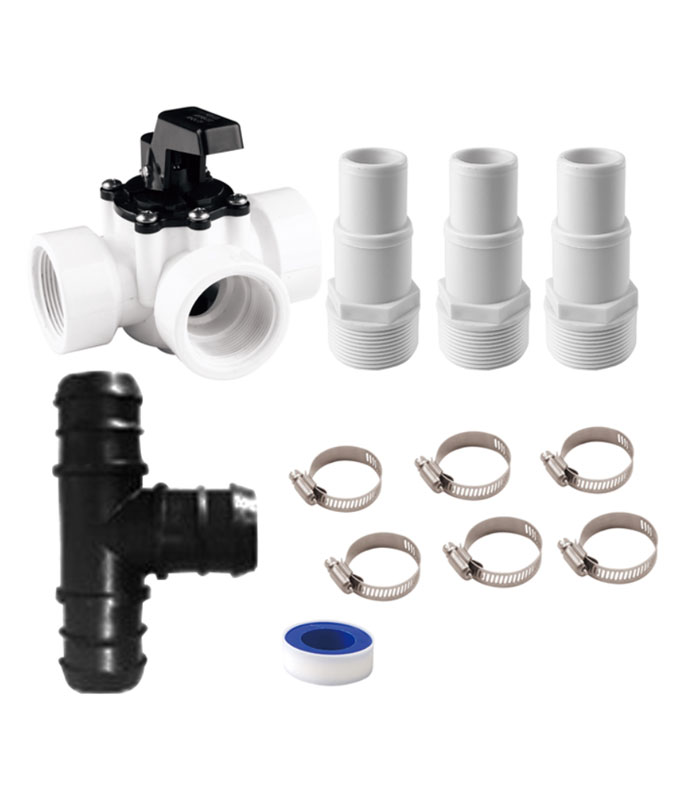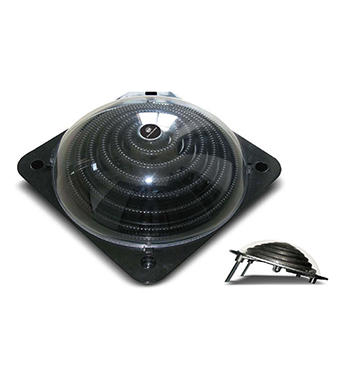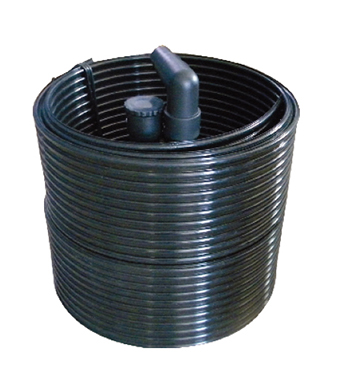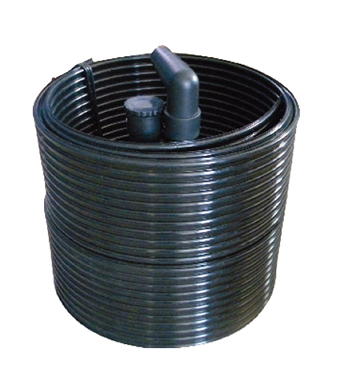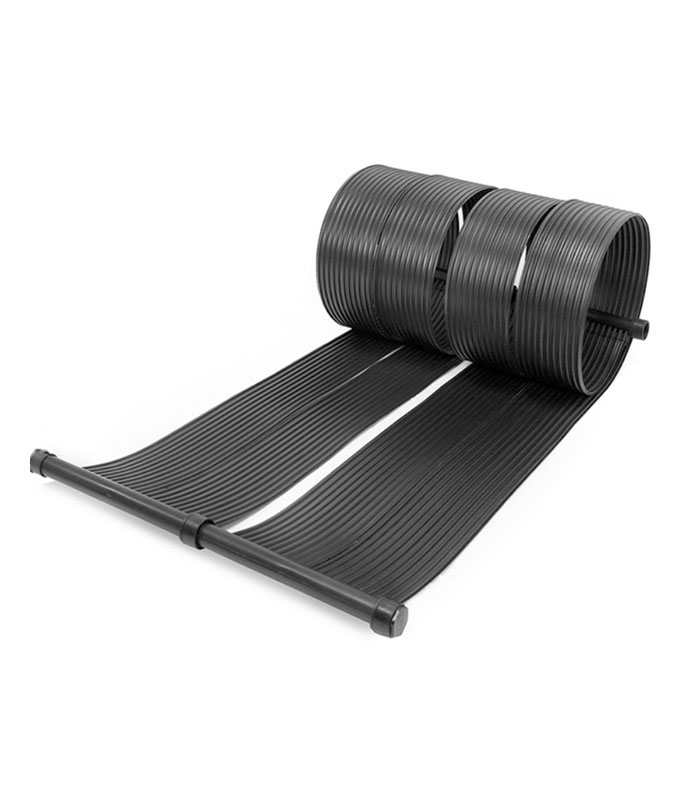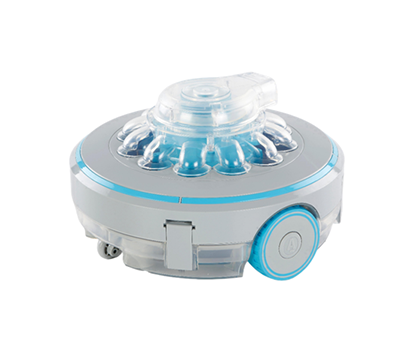
For decades, pool owners have relied on chlorine and algaecides to keep their water safe and clear. But with growing concerns about chemical exposure and environmental impact, robotic pool cleaners are emerging as game-changers. These smart devices aren’t just cleaning pools—they’re slashing chemical use by up to 50% while delivering crystal-clear water. In this deep dive, we explore how advanced robotics, UV technology, and AI-driven filtration are rewriting the rules of pool maintenance.
Key Takeaways
- Mechanical Cleaning: Removes organic debris before it triggers chemical reactions.
- UV-C Sanitization: Kills bacteria and algae without chlorine.
- Advanced Filtration: Captures particles as small as 1 micron, reducing sanitizer demand.
- Smart Monitoring: AI adjusts cleaning to prevent algae blooms preemptively.
- Case Study: Florida resort cuts chlorine use by 62% with robotic cleaners.
1. The Chemistry Problem: Why Pools Need So Many Chemicals
The Chlorine-Algae Tug-of-War
Traditional pools require chemicals to:
- Sanitize (kill bacteria/viruses).
- Oxidize (break down organic matter).
- Balance pH (prevent corrosion/irritation).
But organic debris (leaves, sweat, sunscreen) consumes chlorine, creating harmful byproducts like chloramines (linked to respiratory issues) and forcing owners to add more chemicals.
Data Insight:
A 2023 Water Quality Council study found that 70% of chlorine in pools is wasted fighting contaminants that proper filtration could remove.
2. How Robots Cut Chemical Reliance
Mechanical Debris Removal: Starve Algae, Save Chlorine
Robotic cleaners like the Dolphin Nautilus CC Plus and Polaris F9550 attack the root cause:
- Dual Brushes: Scrub walls/floors, dislodging biofilm where algae hides.
- Fine Filters: Capture particles down to 1 micron (human hair = 50–70 microns).
Result: Less organic matter = less chlorine demand.
Case Example:
A California homeowner reduced weekly chlorine tabs from 3 to 1 after switching to robotic cleaning.
UV-C Sterilization: The Chlorine Killer
High-end models like the Aquabot X7 integrate UV-C LEDs:
- 254nm Wavelength: Destroys 99.9% of bacteria and viruses on contact.
- Impact: Cuts chlorine use by 30–40% (per Journal of Environmental Engineering).
Limitation: UV-C works best in tandem with filtration (doesn’t remove dead organisms).
Ozone & Ionization: Next-Level Sanitation
- Ozone Generators: Devices like Intex Ozone Pro inject O₃ to oxidize contaminants.
- Silver Ion Cartridges: Models like Hayward RC9740 release ions that inhibit algae.
Combined Impact: Reduces chlorine dependency by 50–70%.
3. Smart Tech: Preventing Problems Before They Start
AI-Powered Algae Prediction
The Maytronics S300 uses machine learning to:
- Analyze water clarity via built-in cameras.
- Detect early algae spores (invisible to humans).
- Trigger targeted scrubbing and UV cycles.
Result: Prevents blooms without shock treatments.
Real-Time Water Monitoring
The PoolAI Guardian syncs with robotic cleaners to:
- Track pH, ORP, and chlorine levels.
- Adjust cleaning intensity based on contamination risk.
Example: Automatically deep-cleans after heavy rainstorms that dilute chemicals.
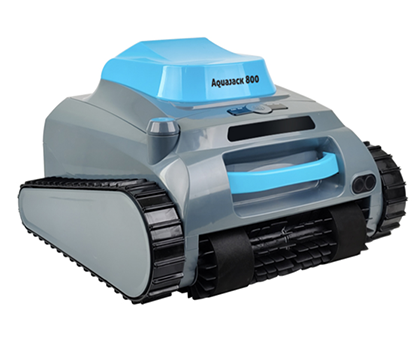
4. Case Study: From Chemical Soup to Pristine Balance
The Challenge:
A 20,000-gallon Florida resort pool used 15 lbs of chlorine weekly due to high swimmer load and humidity-driven algae.
The Solution:
- Installed 3x Dolphin Triton PS robots with UV-C.
- Added PoolAI Guardian monitoring.
- Switched to ozone supplementation.
Results (6 Months Later):
- Chlorine Use: 15 lbs → 5.7 lbs/week (-62%).
- Guest Complaints: 12/month → 0 (skin/eye irritation eliminated).
- Maintenance Cost: 1,200/month→1,200/month→480.
5. The Environmental & Health Upside
Reduced Chemical Runoff
Less chlorine/algaecide means:
- Lower toxicity for nearby plants and wildlife.
- Fewer carcinogenic byproducts (e.g., trihalomethanes) in groundwater.
EPA Data: Robotic pools cut chemical runoff by 45% vs. traditional systems.
Safer Swimming
- No More Red Eyes: Lower chlorine levels reduce chloramine formation.
- Skin-Friendly: Ideal for eczema sufferers (pH remains stable).
6. Choosing the Right Robot for Chemical Reduction
|
Feature |
High Impact |
Mid Impact |
Budget Option |
|
Filtration |
1-micron cartridges (Polaris F9550) |
5-micron mesh (Dolphin Nautilus) |
Standard 20-micron (Intex 28003) |
|
Sanitization |
UV-C + Ozone (Aquabot X7) |
Silver ions (Hayward RC9740) |
N/A |
|
Smart Features |
AI algae prediction (Maytronics S300) |
Basic scheduling (Zodiac MX8) |
Manual control only |
|
Avg. Chemical Cut |
50–70% |
30–40% |
10–20% |
7. Maintenance Tips to Maximize Chemical Savings
- Daily: Empty filters to prevent organic decay.
- Weekly: Wipe UV-C lamps with vinegar to maintain efficiency.
- Monthly: Test water balance (aim for pH 7.2–7.6).
- Seasonally: Replace ion cartridges/ozone plates.
Pro Hack: Pair robots with a cover pump to remove rainwater (dilutes chemicals).
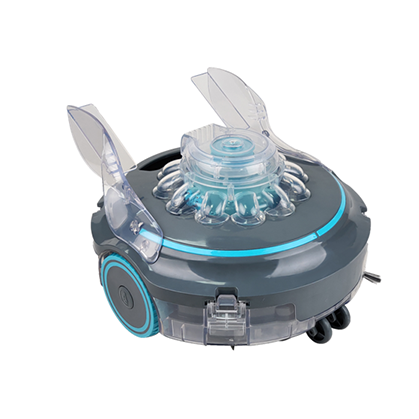
8. The Future: Chemical-Free Pools?
Nanobubble Technology
Emerging systems like ClearO2 inject oxygen nanobubbles that:
- Destroy pathogens via oxidative burst.
- Eliminate need for chlorine.
- Pilot Results: 100% chemical-free pools in Singapore trials.
Bio-Enzymatic Solutions
Startups like EcoPool use enzyme-coated robots to digest oils and sweat, reducing sanitizer demand by 90%.
FAQ
1. Can robots replace chemicals entirely?
Not yet—most still need minimal chlorine (0.5–1 ppm vs. traditional 3 ppm).
2. Do UV-C bulbs increase energy costs?
Slightly (~$5/month), but offset by chemical savings.
3. Are chemical-free robots safe for vinyl pools?
Yes, but avoid abrasive brushes on delicate liners.
4. How long do UV-C/Ozone components last?
Bulbs: 1–2 years. Ozone plates: 3–5 years.
Final Thoughts
Robotic pool cleaners aren’t just gadgets—they’re gateways to healthier swimming and a cleaner environment. By tackling the root causes of chemical dependency (debris, biofilm, and blind maintenance), these devices empower owners to slash chemical use without sacrificing water quality. As UV, AI, and nano-tech advance, the dream of truly chemical-free pools inches closer. For now, the question isn’t whether to switch—it’s which robot will spearhead your pool’s green transformation.

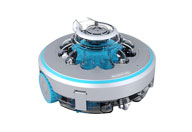 Robotic Pool Cleaner
Robotic Pool Cleaner 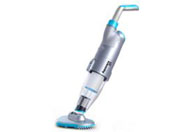 Portable Pool Vacuum Cleaner
Portable Pool Vacuum Cleaner  Automatic Pool Cleaner
Automatic Pool Cleaner 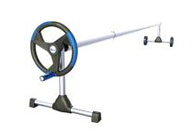 Pool Cover Reel
Pool Cover Reel 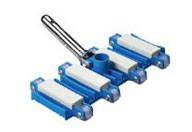 Pool Cleaning Accessories
Pool Cleaning Accessories 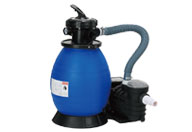 Pool Filter Pump
Pool Filter Pump 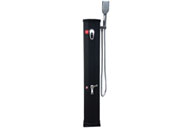 Pool Solar Shower
Pool Solar Shower 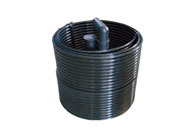 Pool Solar Collector
Pool Solar Collector 

